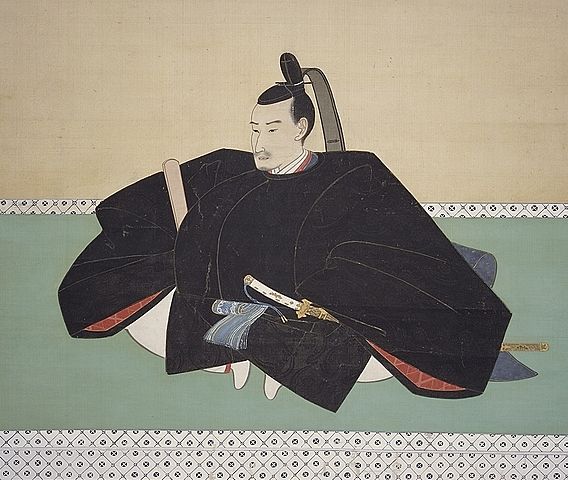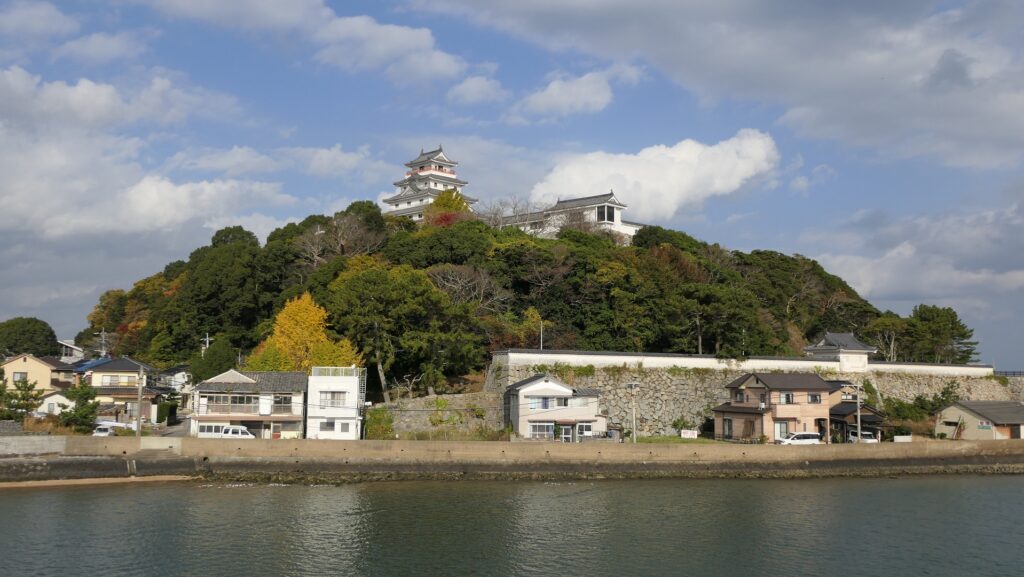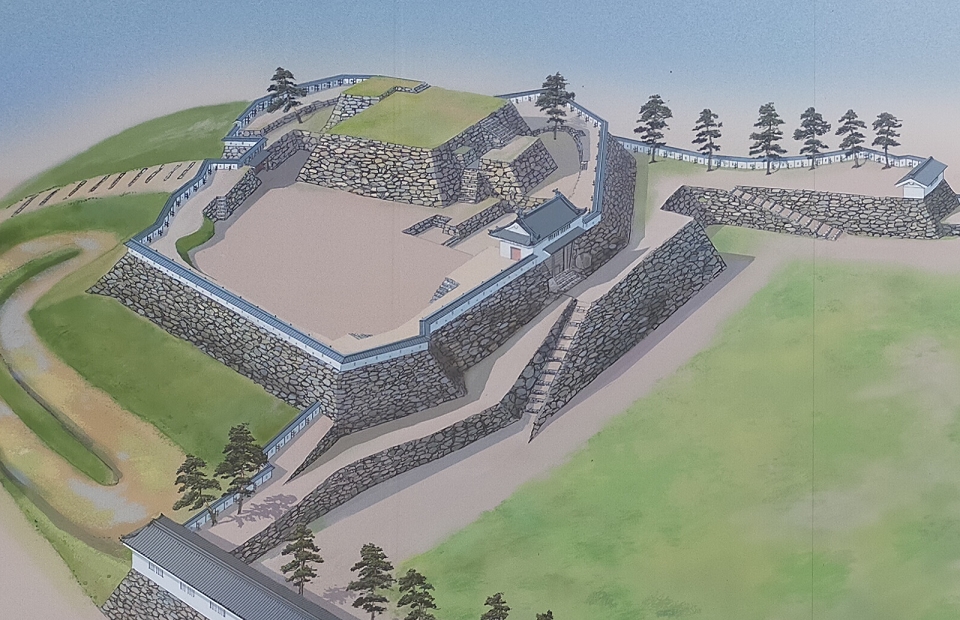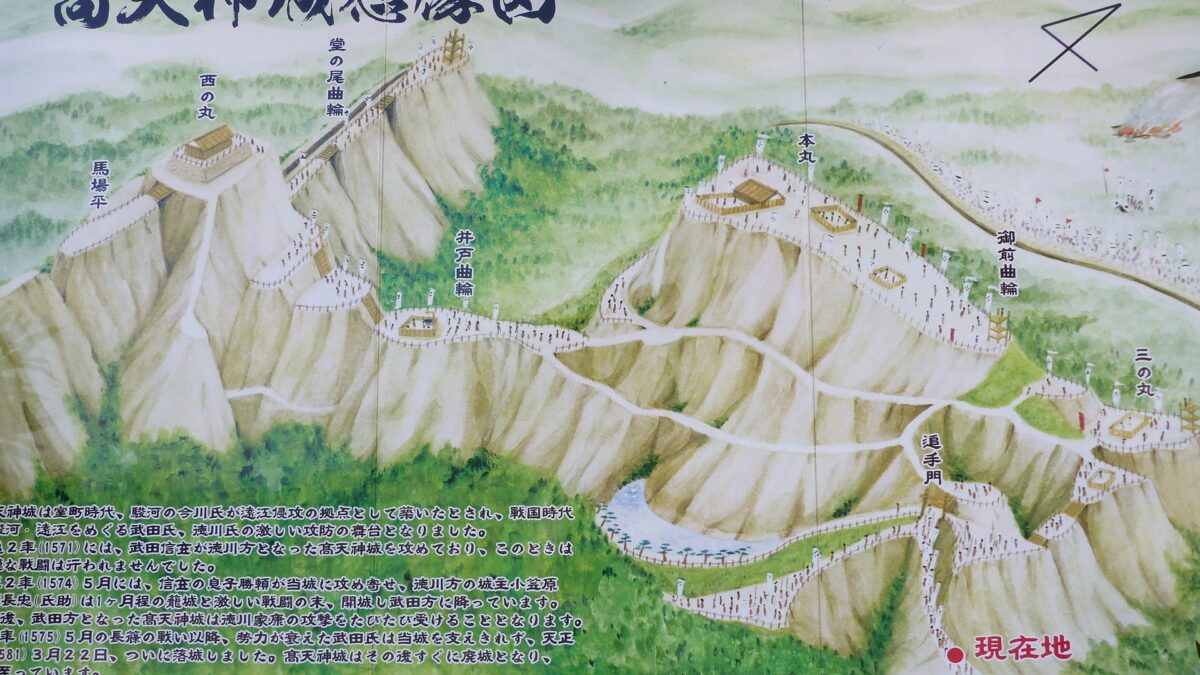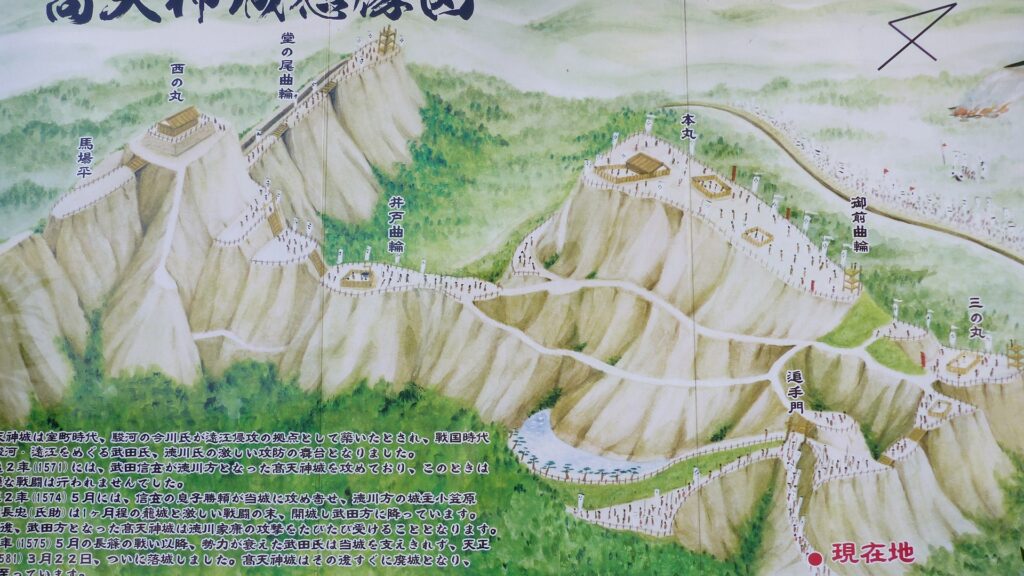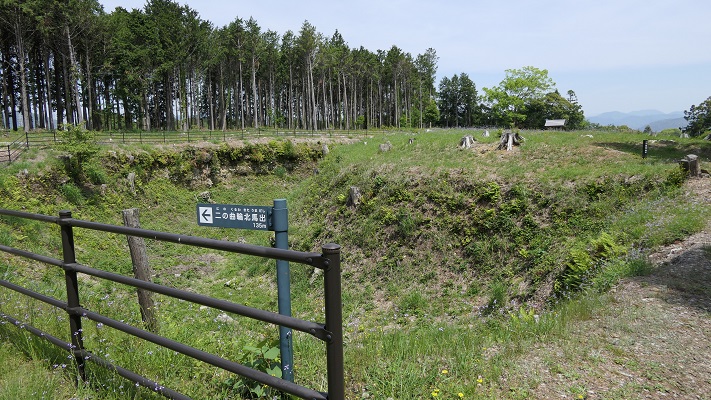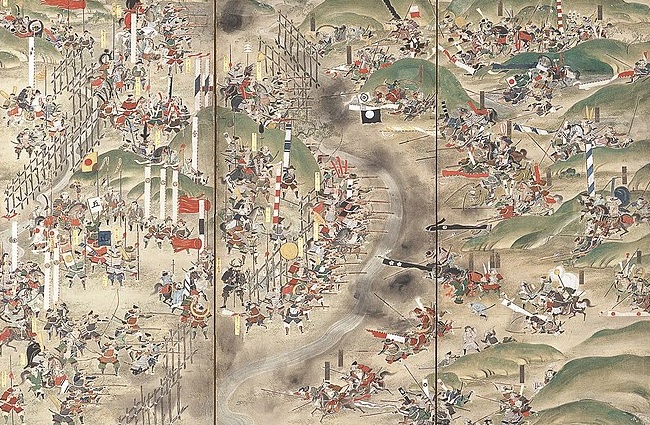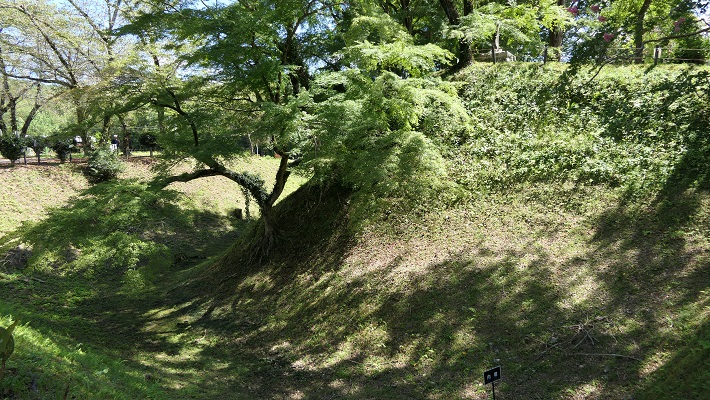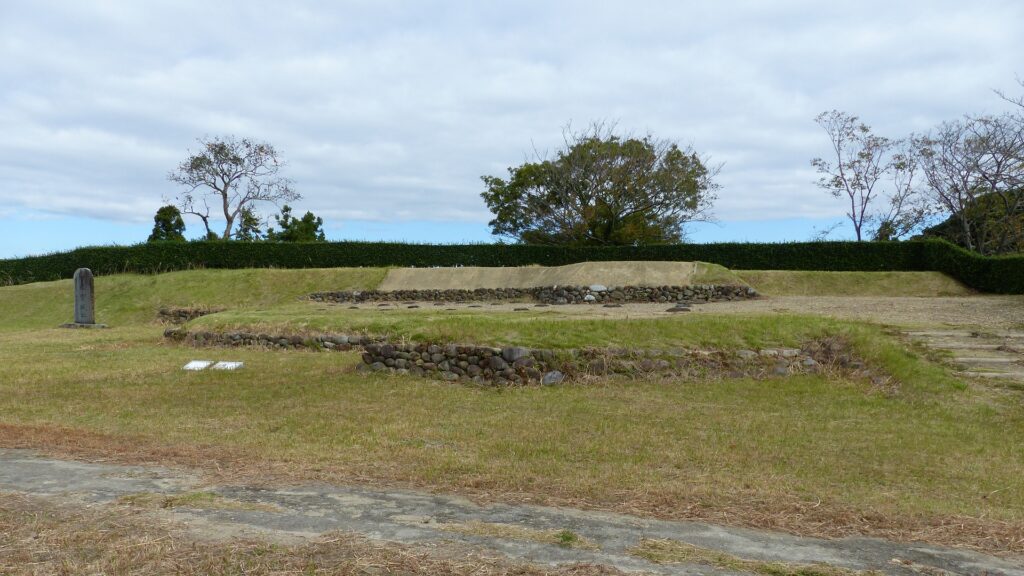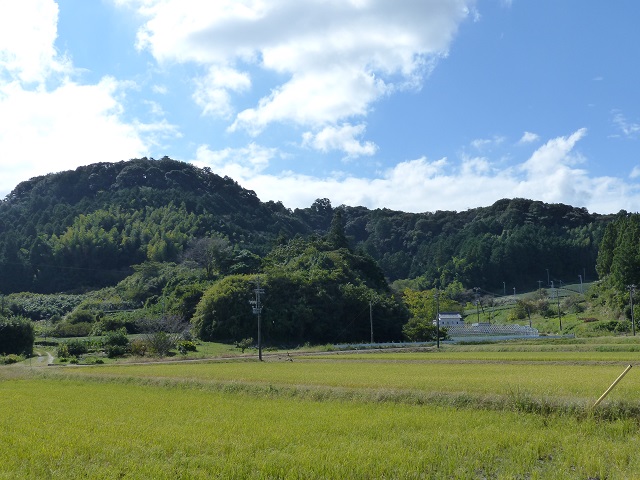Location and History
Home base of Ieyasu Tokugawa after his independence
Hamamatsu Castle was located in the center of Totoumi Province, which is now Hamamatsu City in the western part of Shizuoka Prefecture. The castle is known for the place where young Ieyasu Tokugawa, who would be the founder of the Tokugawa Shogunate, lived. This is one of the reasons why the castle is also called “Shusse Castle” which literally means “Success Castle”. The former Hamamatsu Castle was called Hikuma Castle which was built on a hill near the branch of Tenryu-gawa River. It is uncertain who first built it around the 15th Century. In the first 16th Century during the Sengoku Period, the Imagawa Clan, a great warlord which was based in Suruga Province (now the central part of Shizuoka Prefecture) owned the castle.
The range of Totomi Province and the location of the castle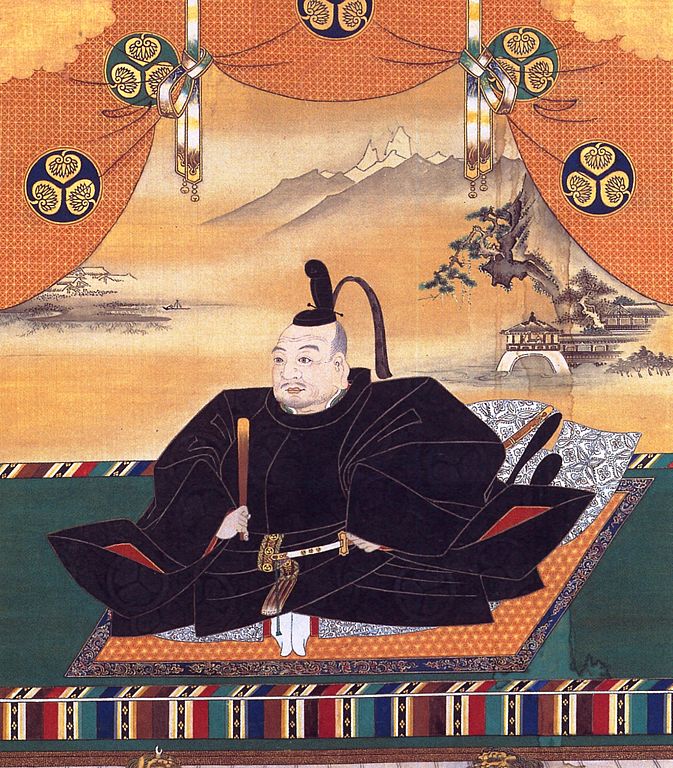
Ieyasu was originally based in Mikawa Province, the west of Totoumi, and worked under the Imagawa Clan. When the power of Imagawa decreased, Ieyasu got independent and aimed to invade Totoumi Province. In 1568, he succeeded in capturing Hikuma Castle to govern the province. However, this castle was not enough for Ieyasu, as he needed to prepare for possible battles with the Takeda Clan who invaded Suruga Province next to Totoumi. Ieyasu extended the castle to another hill in the west direction, renaming it Hamamatsu Castle. Hamamatsu Castle had several enclosures on the hill, and the old Hikema Castle became part of it. It is thought that these enclosures were made of soil with shingle-roofed buildings in them. This was because Ieyasu still didn’t have advanced techniques and craftsmen for building castles like Azuchi Castle which belonged to Nobunaga Oda, Ieyasu’s ally.
The relief map around the castle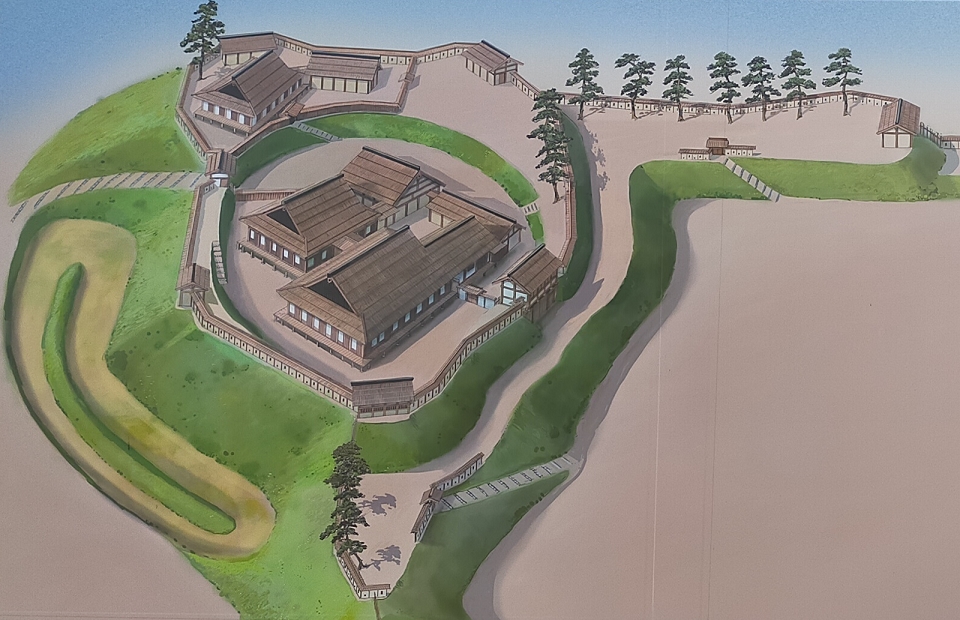

One of Battlefields for Battle of Mikatagahara
The most impressive event for Ieyasu living in Hamamatsu Castle was the Battle of Mikatagahara in 1573. Shingen Takeda, one of the greatest warlords, invaded the territories of Ieyasu and Nobunaga and captured several Ieyasu’s branch castles such as Futamata Castle. Shingen lured Ieyasu in the castle to the field of Mikatagahara by demonstrating his troops around the castle. Ieyasu fell into Shingen’s trap and was totally defeated. He could somehow turn back to Hamamatsu Castle to survive. Shingen’s troops eventually withdrew after he died of disease in the next year. There have been some traditions about Ieyasu’s actions after his defeat. One says Ieyasu made the castle’s gates open when Shingen’s troops pursued. The troops doubted it and they thought it might be a trap, then withdrew. Another says Ieyasu made a fabric bridge over a deep valley called Saigagake and counterattacked Shingen’s troops to make them fall into the valley. However, it is unclear whether they really happened or not.

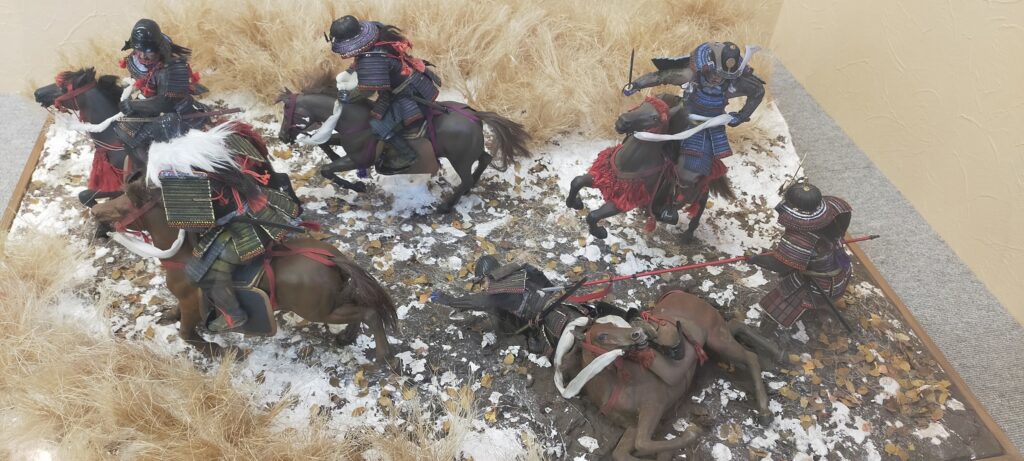
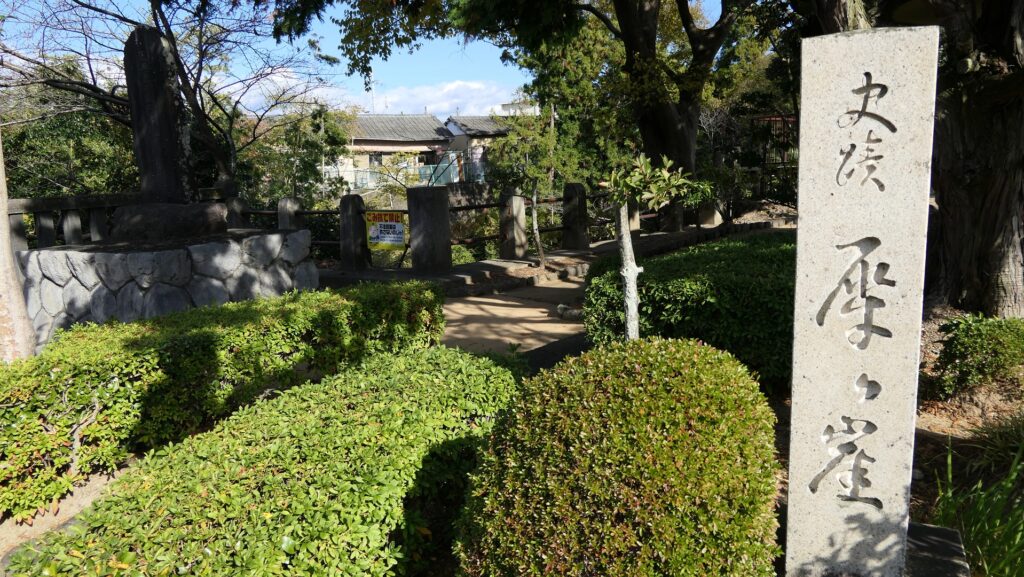
Yoshiharu Horio improves Castle
After Ieyasu was transferred to Edo Castle (located in now Tokyo) by the ruler, Hideyoshi Toyoyomi in 1590, Yoshiharu Horio, who worked under Hideyoshi, governed the castle. He improved the castle by building stone walls and the Main Tower in the Main Tower Enclosure on the top. The remaining stone walls and stone wall base for the tower were built by him. However, it is quite unknown what the Main Tower looked like because there is no record for it. Only some roof tiles and the well for the tower were excavated. Historians speculate the tower might have looked like the remaining Main Tower of Matsue Castle which was built by the Horio Clan after they were transferred from Hamamatsu in 1600. Both stone wall bases for the towers were similar, so the clan might have used the design plans of Hamamatsu Castle when they built Matsue Castle.
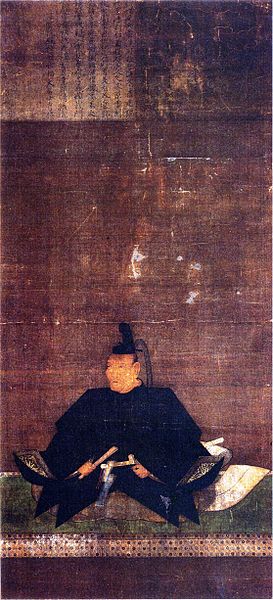
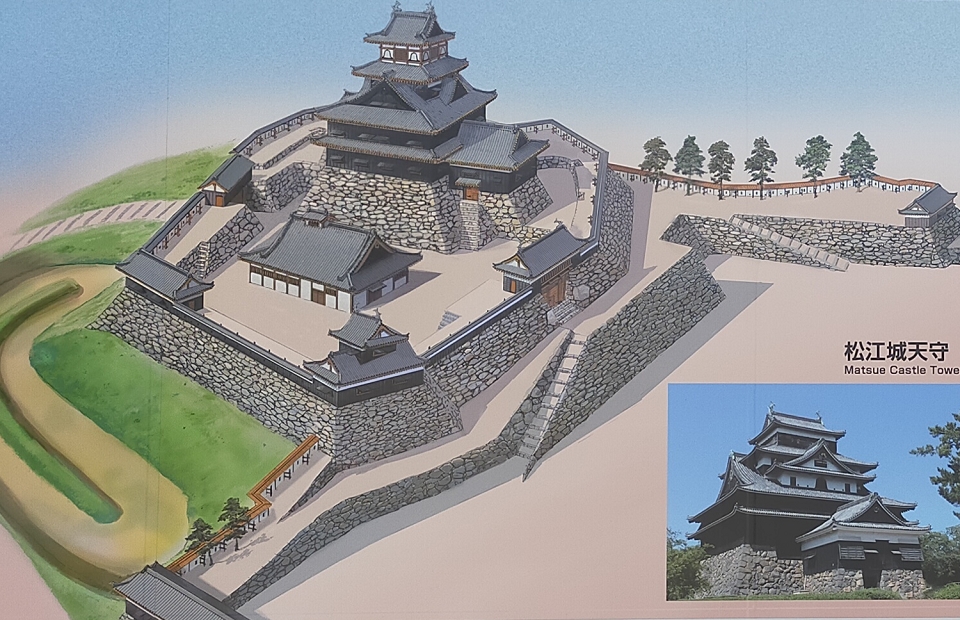

Promotional track for hereditary feudal lords
Ieyasu got the power and founded the Tokugawa Shogunate at the beginning of the 17th Century. Since then, Hamamatsu Castle had been owned by nine hereditary feudal lord families during the Edo Period. The lords of the castle were often promoted to important roles of the shogunate such as a shogun’s council of elders. This is another reason the castle is called “the Success Castle”. For example, Tadakuni Mizuno, the lord of Karatsu Castle in the first 19th Century, applied to be the lord of Hamamatsu Castle. As a result, he succeeded to both owning the castle and imposing the Tenpo Reforms as the head of the shogun’s council of elders. As for the castle itself, the main tower had eventually been lost, only the Main Tower Gate remained on the top as the symbol of the castle. The center of it was moved to the Second Enclosure beside the hill, which had the Main Hall for the lord to govern the Hamamatsu Domain around the castle.
